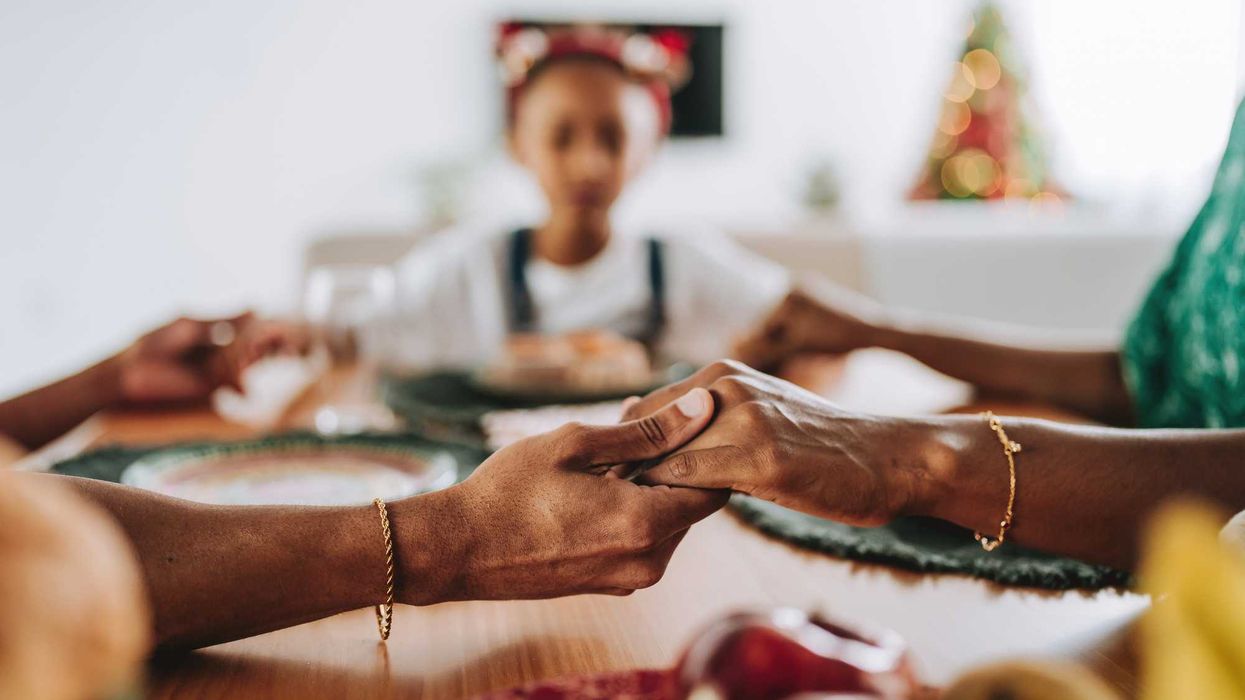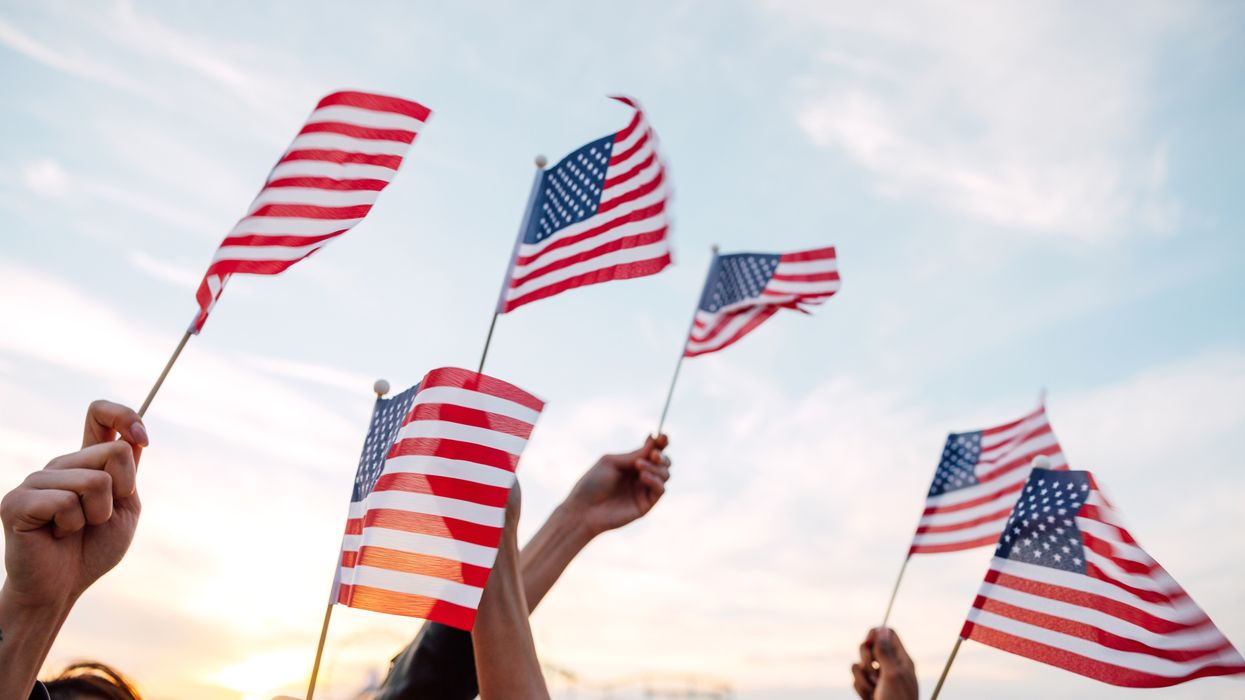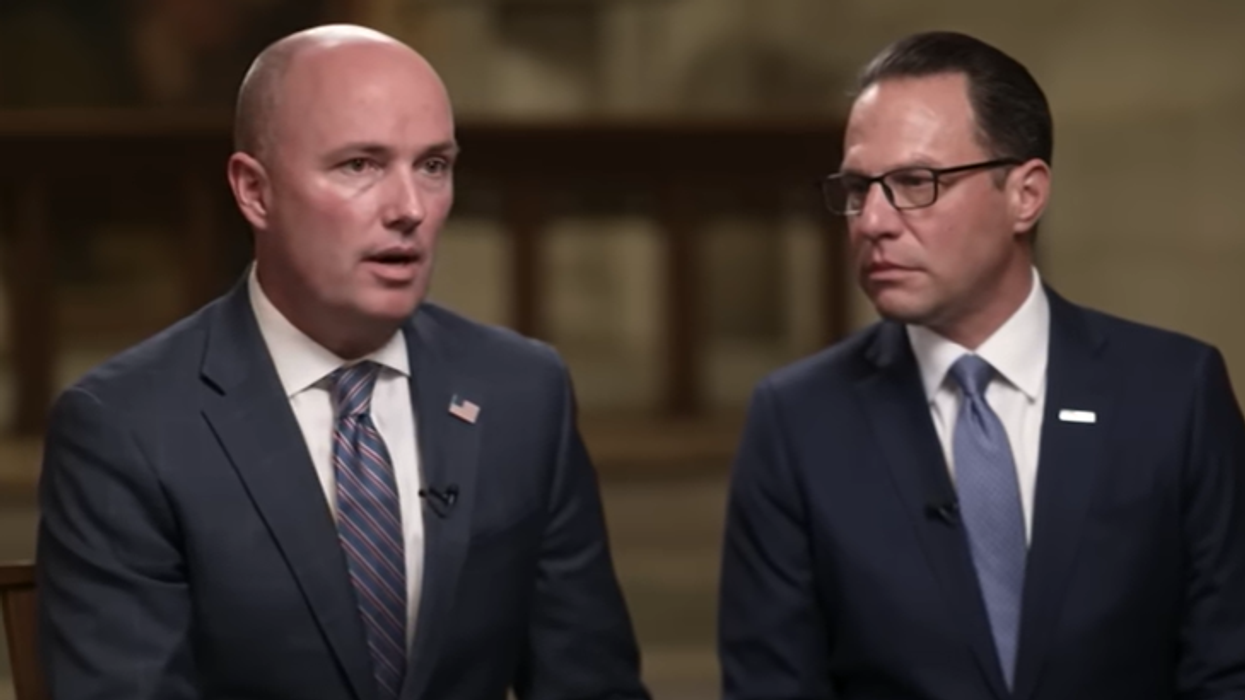Think of the words “a” and “the.” Two of the smallest and most basic words in English, it is easy to not think very closely about which to use.
Yet when it comes to thinking about how to reduce perceived political divides, the difference becomes clear.
Many thought leaders and organizations in this space have appeared to suggest that interpersonal communication is the (only) way to reduce political divides, rather than just a method (among other approaches). For instance, in a recent interview for the Chronicle of Philanthropy’s The Commons, a leader in the field said, “...only at that human level, the 1 to 1 conversation, the smallest units of connection, can we build trust at all.”
The more this statement refers to trust between two unique individuals, the greater its potential validity. Yet when thinking about attitudes and trust between groups, this notion is scientifically questionable, as no widely accepted theories in psychology rule out other possible ways to achieve goals between groups, including reducing affective polarization and building trust. In fact, numerous theories in social science provide suggestions for other methods to bring groups together besides conversation and personal connection, three of which will be described later in this article: parasocial contact theory, vicarious contact theory, and correcting misperceptions – especially of threat.
Interpersonal models of reducing divides between groups are often based on the traditional form of contact theory, sometimes called the contact hypothesis. Contact theory, originally developed in the 1950s, notes that interpersonal contact should reduce prejudice between groups, under the right conditions. It was originally studied to reduce prejudice between white and black Americans, but it has been used relatively effectively to improve attitudes between other “opposing groups” in political settings. Authors of contact theory have never claimed that it is the only possible method, and the original formulation actually suggested four highly restrictive conditions for it to work. Only more recent researchers have suggested these conditions can be relaxed, though potentially with a drawback of reduced efficacy, though failing to reach these conditions risks counterproductive negative contact.
Even if approaches based on interpersonal communication and contact theory are fairly effective, they are difficult – if not impossible – to scale. In a previous article for The Fulcrum, James noted the 4 R’s that reduce conversation workshop effectiveness, starting with the difficult recruitment of enough people who have the time, interest, energy, and confidence to engage in cross-partisan conversations, and ending with the challenging repetition of conversations likely needed in the context of a divisive media environment. The other R’s recognize potential effectiveness issues: uncertain reliability of the helpfulness of conversations, and unclear representativeness of conversation partners to the broader out-group.
Given these challenges with interpersonal approaches, it becomes desirable to find some additional methods for reducing real and perceived political divides. Thankfully, social science offers various other approaches with supporting evidence, with three of options described below, recognizing others are also possible. These options work through the media environment, likely giving them greater capacity to scale to millions of Americans, even if they may need more repetition for them to fully impact Americans, since they may lack the stickiness and intensity of impact of deep conversations:
- Parasocial contact theory: This theory in psychology and media studies suggests that exposure to positive media portrayals of outgroups can reduce prejudice, and research into its application has been fruitful. Parasocial “relationships” are one-sided, with someone one doesn't personally know, such as with characters in stories or celebrities. Parasocial contact has been found to allow the viewer to relate more easily to a group that they may have previously harbored prejudice against. A 2017 study from the University of Wisconsin found that entertainment-based interventions, such as educational videos or television shows showing an outgroup as relatable, resulted in statistically significant decreases in prejudice towards that outgroup (in this case Muslims). Another study from 2006 suggested that parasocial contact with the gay characters in Will and Grace reduced anti-gay prejudice. While no studies have been done directly on its application for political divides, researchers have suggested it as a potential application of the theory, and it has been studied in the context of politically charged topics like COVID-19. Outside of academic research, parasocial contact theory has already been identified as a rationale by organizations such as Bridge Entertainment Labs.
- Vicarious contact theory: Somewhat similar to parasocial contact theory, this is more focused on normalized interactions between ingroups and outgroups, often applied through media. Vicarious contact theory emphasizes indirect experiences of positive intergroup interactions. Academic research in this area has shown positive results, with recent studies applying it to relations to individuals with autism and normalizing immigrant relations among schoolchildren. For instance, Mónica Guzmán, Senior Fellow for Public Practice at Braver Angels, has frequently talked about “modeling” good conversations, which is highly aligned with vicarious contact. Bridge Entertainment Lab’s extensive catalog of social science research likely relevant to political divides includes vicarious contact theory.
- Correcting misperceptions – especially of threat: Two of the three top-performing interventions in the Strengthening Democracy Challenge, led by Stanford – all of which significantly reduced anti-democratic attitudes, support for political violence, and partisan animosity – explicitly focused on correcting overly negative perceptions of those in the other political party. These misperceptions focused on threats, overestimating the tendencies of those across the political spectrum to dehumanize and break democratic norms. Correcting misperceptions was the first suggestion in a Nature article co-authored by more than a dozen leading researchers in the field, and political violence expert Dr. Rachel Kleinfeld of the Carnegie Endowment wrote in 2023, “Interventions should aim to reduce feelings of threat, not just feelings of dislike.” This work has been so convincing to James that he co-founded and now leads an organization, More Like US, that tries to correct these dangerous political misperceptions of each other.
Parasocial contact theory, vicarious contact theory, and correcting misperceptions of each other are options to reduce real and perceived political divides, along with traditional contact theory that emphasizes interpersonal communication. These additional options that focus on the media environment offer much more potential to scale, presenting a more feasible pathway to reach the minimum 85 million Americans who need to be impacted that both of us identified in our recent article.
Different options likely work best depending on the situation, and interpersonal conversations can be particularly useful for those who have the time to engage in deep conversations that can build into relationships (e.g., high school students in government class every day). Distinct interventions can also be used together; for instance, correcting misperceptions of threats should reduce anxiety about having conversations, improving the usefulness of interpersonal approaches.
This article does not intend to say which intervention is “best,” but only that many options for reducing political divides exist. Interpersonal communication is not the only method, it is simply a method, with pros and cons like any other. More organizations in this space should feel comfortable going beyond contact theory and expanding their toolkit, especially to media environment interventions that look promising and offer scale.
James Coan is the co-founder and executive director of More Like US. Coan can be contacted at James@morelikeus.org
Imre Huss is a current intern at More Like US.

















